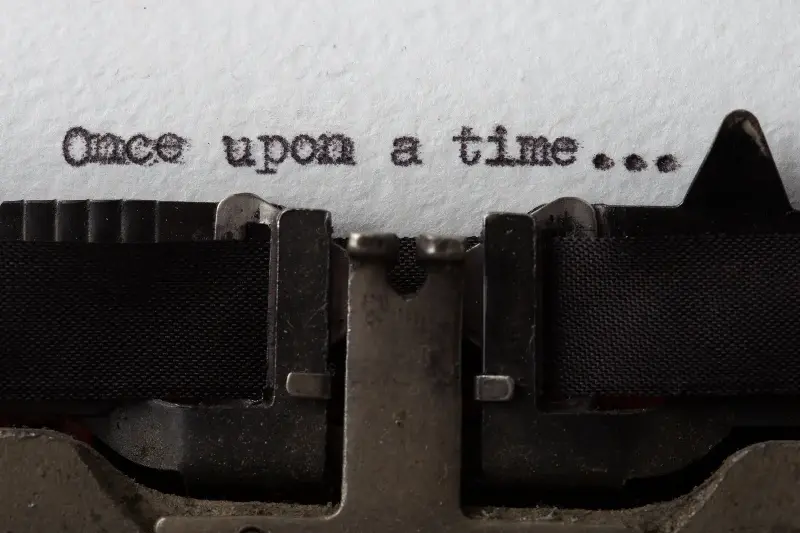Across time and continents, the simple act of telling stories has woven together the fabric of human experience. From the quiet flicker of fireside tales to globally celebrated festivals, stories connect generations, transcending barriers of age, gender, and background. Stories aren’t just for entertainment—they’re our bridges to understanding and belonging. But why do stories hold such power? It turns out, their influence stretches far beyond the surface.

How Stories Shape Our Values
Every family, community, and culture has its core beliefs. But how do children truly learn what matters? The answer often lies in the stories they hear. Classic folk tales, myths, and family anecdotes tuck lessons within their narratives. When a parent recounts how their grandparent overcame hardship, it’s not just a memory—it's an invitation to empathy, resilience, and courage.
Research shows that moral tales (think of “The Boy Who Cried Wolf” or “Anansi the Spider”) actually help young listeners practise ethical reasoning. Children who regularly engage with such stories are better at distinguishing right from wrong, showing that values bloom where stories are lovingly planted.
Safeguarding Heritage—One Story at a Time
Cultural heritage isn’t just about monuments and artefacts. It’s also the lore passed down, generation to generation, holding the DNA of a people’s identity. Personal stories about migration, festivals, or cherished rituals give vibrant context to history’s dry facts.
Storytelling helps to:
- Preserve endangered languages—the last speakers often record their knowledge through oral traditions
- Keep unique customs alive, ensuring that younger generations understand why traditions matter
- Provide a sense of roots for those living far from their ancestral lands
When a grandparent shares a lullaby in their mother tongue, they’re not just offering comfort. They are safeguarding an irreplaceable thread of cultural memory.

Inspiring Cultural Confidence in an Interconnected World
In the modern, fast-paced digital age, many worry about cultural dilution and lost identity. Yet, retelling stories can be a powerful antidote. When young people see characters who look and sound like their own families, or when they retell community legends, they find validation. It builds a sense of pride and confidence to walk tall in a diverse world.
Consider these surprising facts:
- UNESCO lists oral storytelling as “intangible cultural heritage,” vital to the world’s diversity.
- Studies suggest children exposed to family and cultural stories develop stronger self-esteem.
- Intergenerational storytelling can even promote mental well-being, giving both elders and youth a sense of belonging and continuity.
Passing the Torch: Keeping Stories Alive
With each generation, there’s a risk of stories fading—especially in an age of screens and distractions. Yet, innovative initiatives are bridging the gap: digital archives, storytelling festivals, and podcasts dedicated to personal and cultural narratives are on the rise.
Some practical tips for sharing and reviving stories include:
- Recording elders recounting their memories
- Integrating storytelling nights into family routines
- Encouraging youth to document their own experiences, blending tradition with fresh perspectives
These efforts empower communities to claim ownership of their narratives, ensuring no voice is left unheard.
Stories, ultimately, are living things—shaped by the teller, cherished by the listener, and transformed in the retelling. As you reflect on your own family or cultural stories, ponder: Which tales shaped your values? Whose memory deserves to echo into the future? Perhaps, by listening closely and sharing boldly, you can become part of a timeless legend yet to be fully told.
